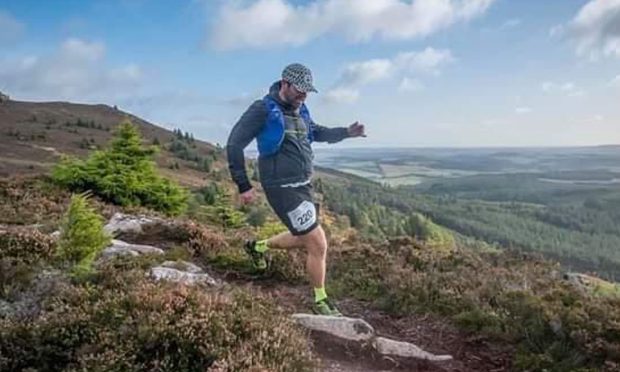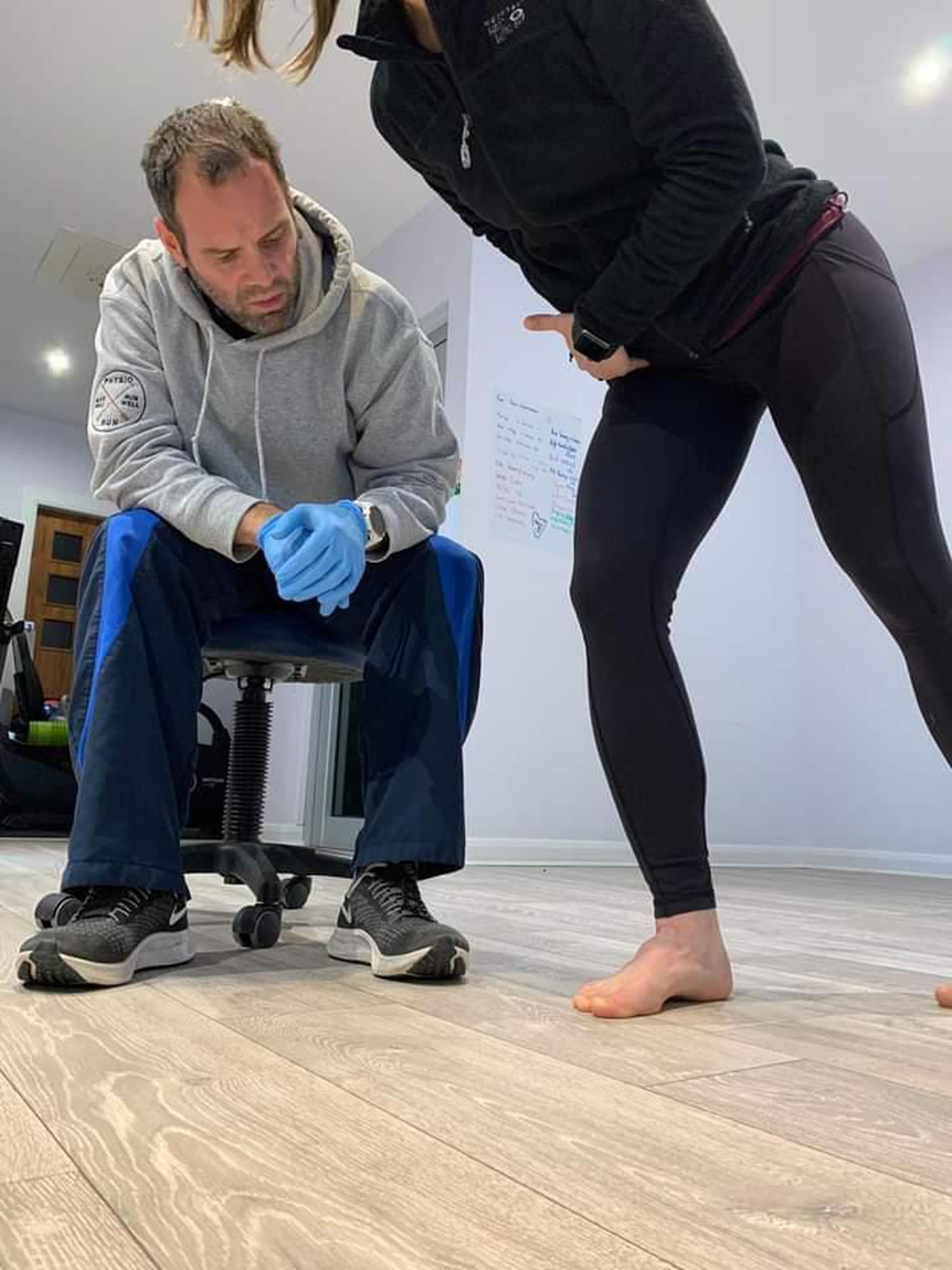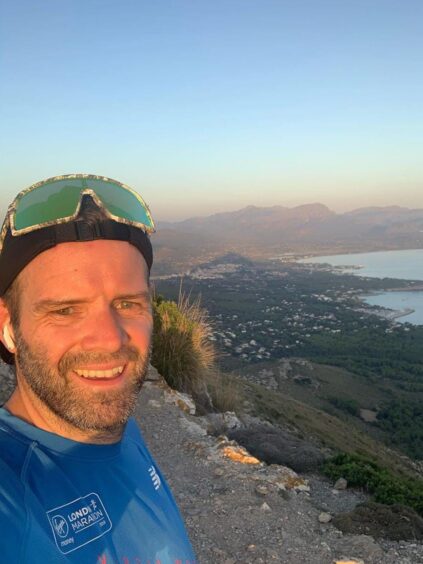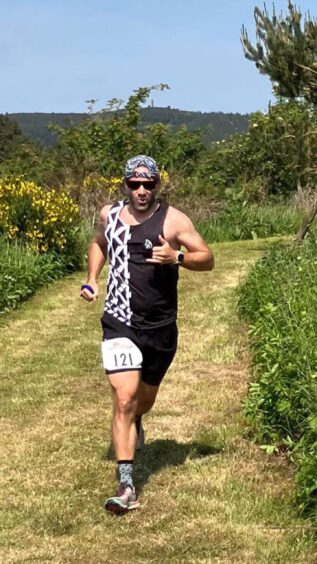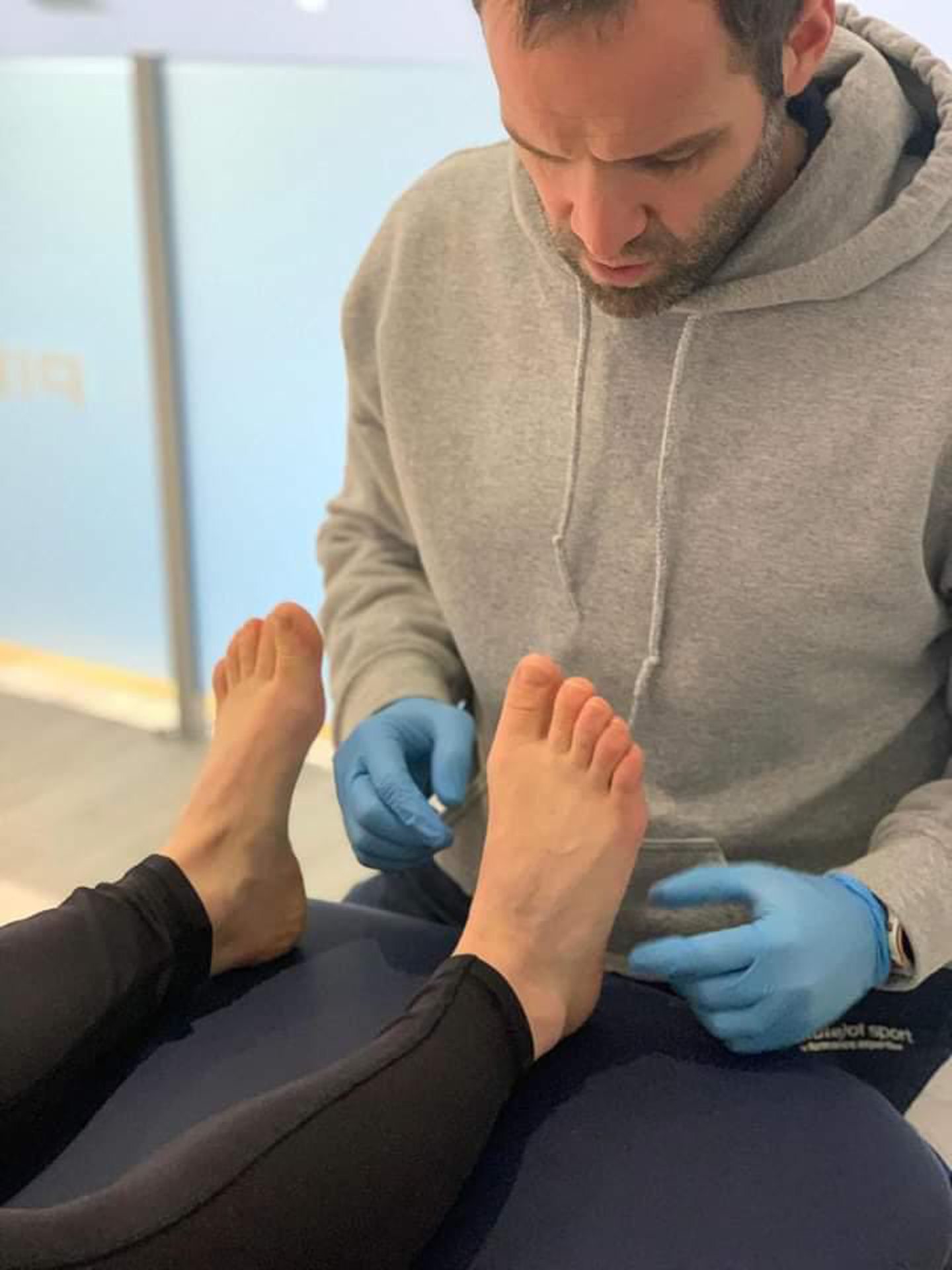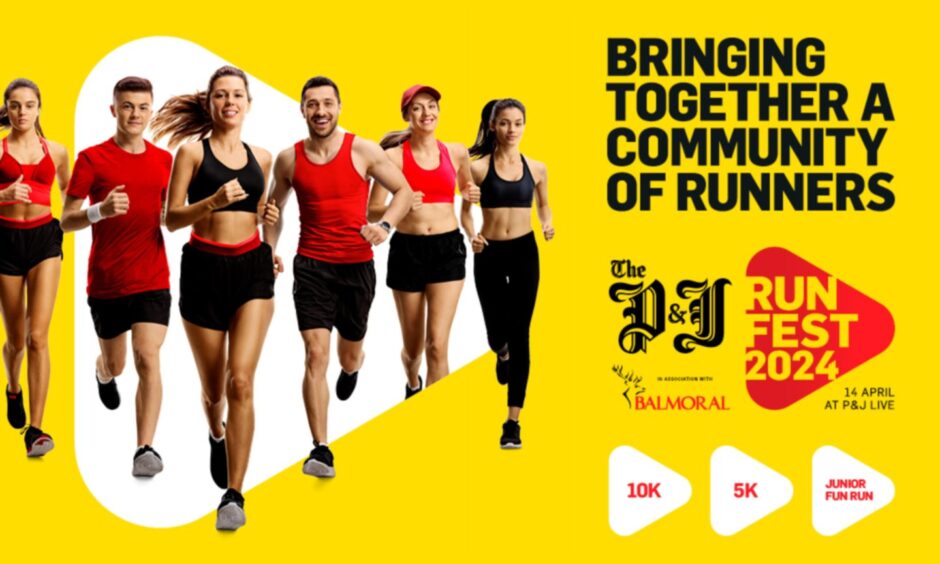As the cold and rain gives way to sun — and rain — the running season swings into full gear.
With that comes the threat of injuries and the prospect of your goals being put on ice, along with your ankle or hamstring.
But it doesn’t have to this way.
James Cruickshank is the Aberdeen-based physiotherapist behind Physiorun, an online running injury clinic.
If you are a runner in the north-east and feel a niggle, James is the man you call.
The 41-year-old is a runner himself, and knows first-hand the frustration of training for a big race, then for it all to go on hold because of an injury.
So with a host of races coming up in 2024, including the P&J Runfest in Aberdeen, we asked James for his tips on how to stay injury free.
How age plays a role in running injuries
James says the type of injury you are likely to get depends on your age.
“Over 35s tend to see a lot more tendon and muscle injuries,” he says. “It’ll be your Achilles tendon or hamstring tendon because at that age there is a change in the body’s pathology.
“Younger runners are more likely get stress reactions or bone and joint issues because their bodies are getting used to to the load of running itself.”
But no matter your age, most running injuries can be put down to what physiotherapists call the ‘Rule of Too’.
“Too much, too often, too soon, too heavy or too fast,” James explains.
“It is load versus capacity,” he continues. “Or what is the body’s ability to accept the load it has been through versus how much you are doing.”
The advice, then, is to ramp your running gradually.
James says it’s no coincidence that many marathon training injuries occur between week six and eight of a race plan because that’s when the mileage starts to tick up.
So what are James’ top five tips for avoiding injury?
5. Listen to your body
“When you wake up, if you have had a heavy week of running, it might be more beneficial to take a rest day or to take a modified session,” James says.
“The best plans are the most flexible and fluid plans.”
4. Do strength training
Runners tend not to like doing strength work but it is crucial.
Or as James puts it: “I like to eat from clean plates, so I have to do the dishes.”
He suggest bodyweight exercises as a minimum but that strength work in the gym is better.
“It will build capacity for your body to be able to run,” he says.
3. Maintain your shoe game
You need comfortable, well-fitted shoes to run, says James. But you don’t need to blow your bank account to buy them.
“If you’re looking for performance, sometimes you just have to pay a little bit extra,” he explains.
“But the beauty of this sport is you can still run in a comfortable pair of shoes.”
2. Sleep and hydration
Getting quality sack time is paramount, says James.
“Having a good night’s sleep and have a good recovery sometimes works better than doing a session when you’re tired.”
1. Look after your feet
Your feet are your main tools in running so make sure they are as strong as possible.
“They’re the first thing to contact the ground and they’re the first thing that’s making the ground force to propel you forward,” James says.
“A strong foot will prevent injury not just at the feet but the knee and hip as well.”
I got injured! What do I do now?
Even if you take preventative action, injuries can happen.
“Eight-five percent of runners get injured and the other 15% are liars,” says James.
But it is important to take your time getting back to full health.
“You have to remember that your body’s trying to heal,” James points out. “So yes, missing a race is frustrating, but sometimes it’s about having respect for your body.”
And James says it’s crucial to remember there is always a way back from injury.
“There’s always something to work on, be it going into the pool to reduce the load or some corrective work from physiotherapy.
“There’s always something to be keeping you in the game while you get back into the game.”
Love running? Why not sign up for the P&J Run Fest 2024?
On April 14, we’re going to be hosting the P&J Run Fest at the P&J Live.
The event will bring together people from all across the north and north-east to create a community of runners, and raise cash for the P&J 275 Community Fund.
It will have a 5k, a 10k, and a junior run.
To sign up, click here, and to find out more, you can read our explainer on all you need to know about this new event.
